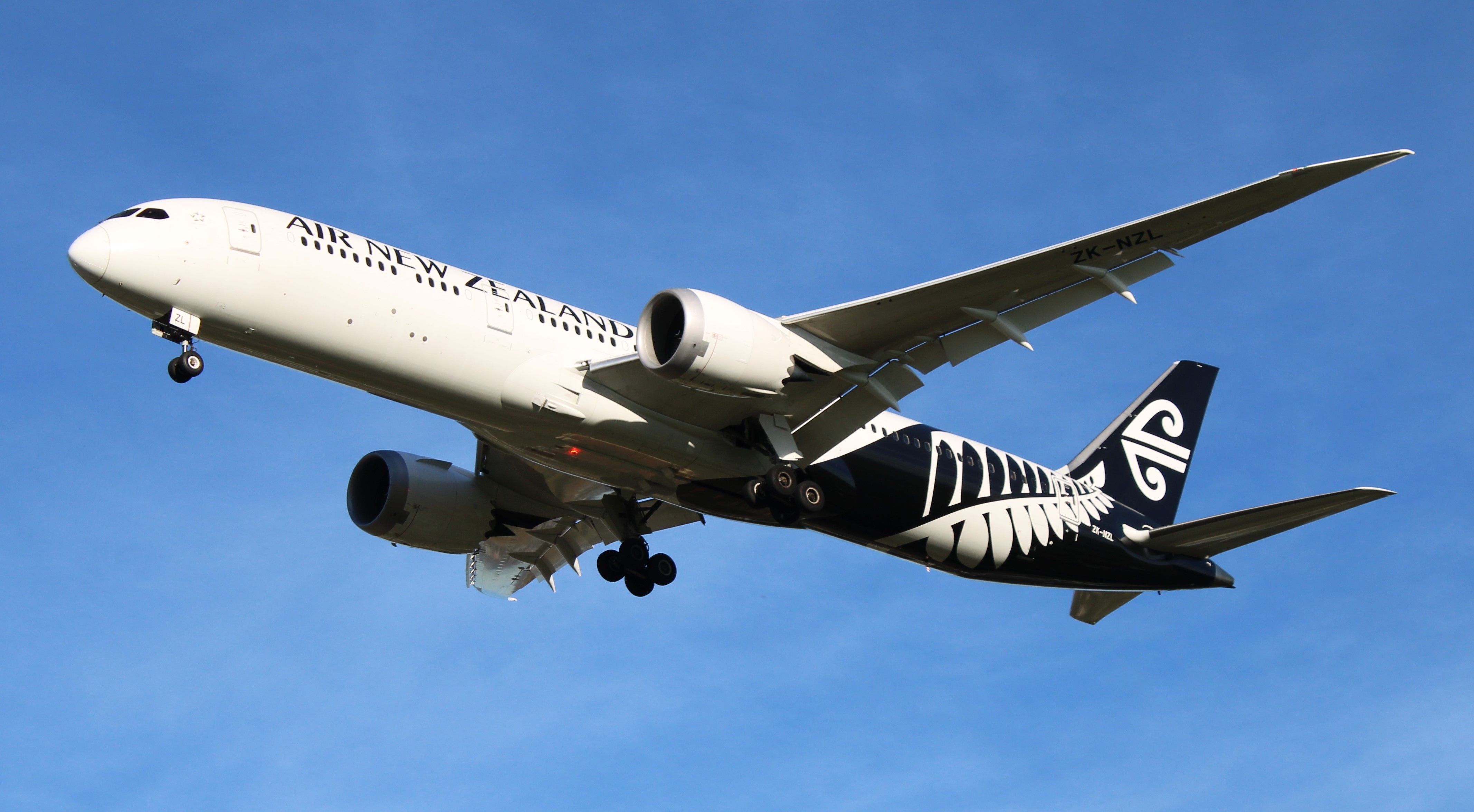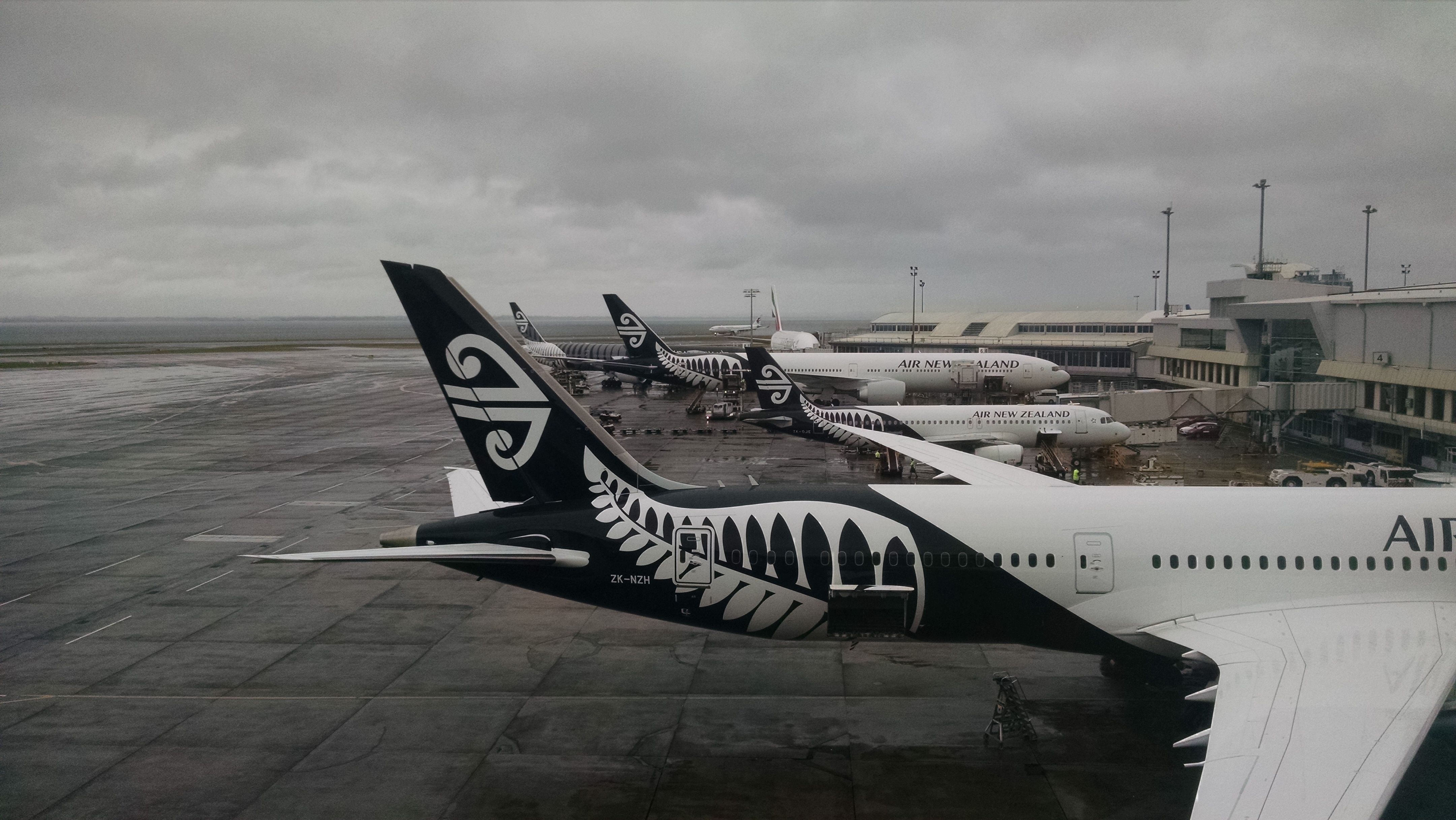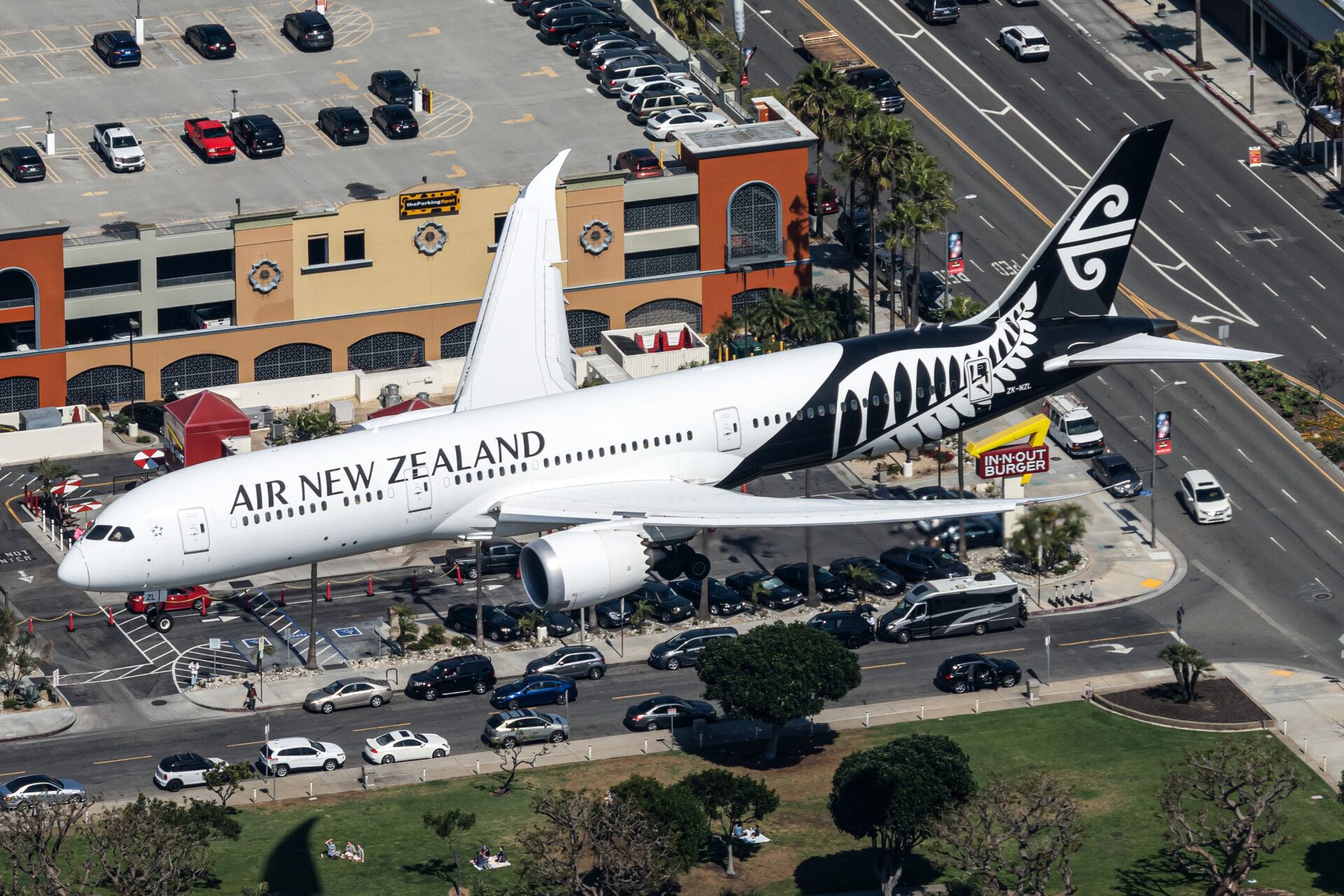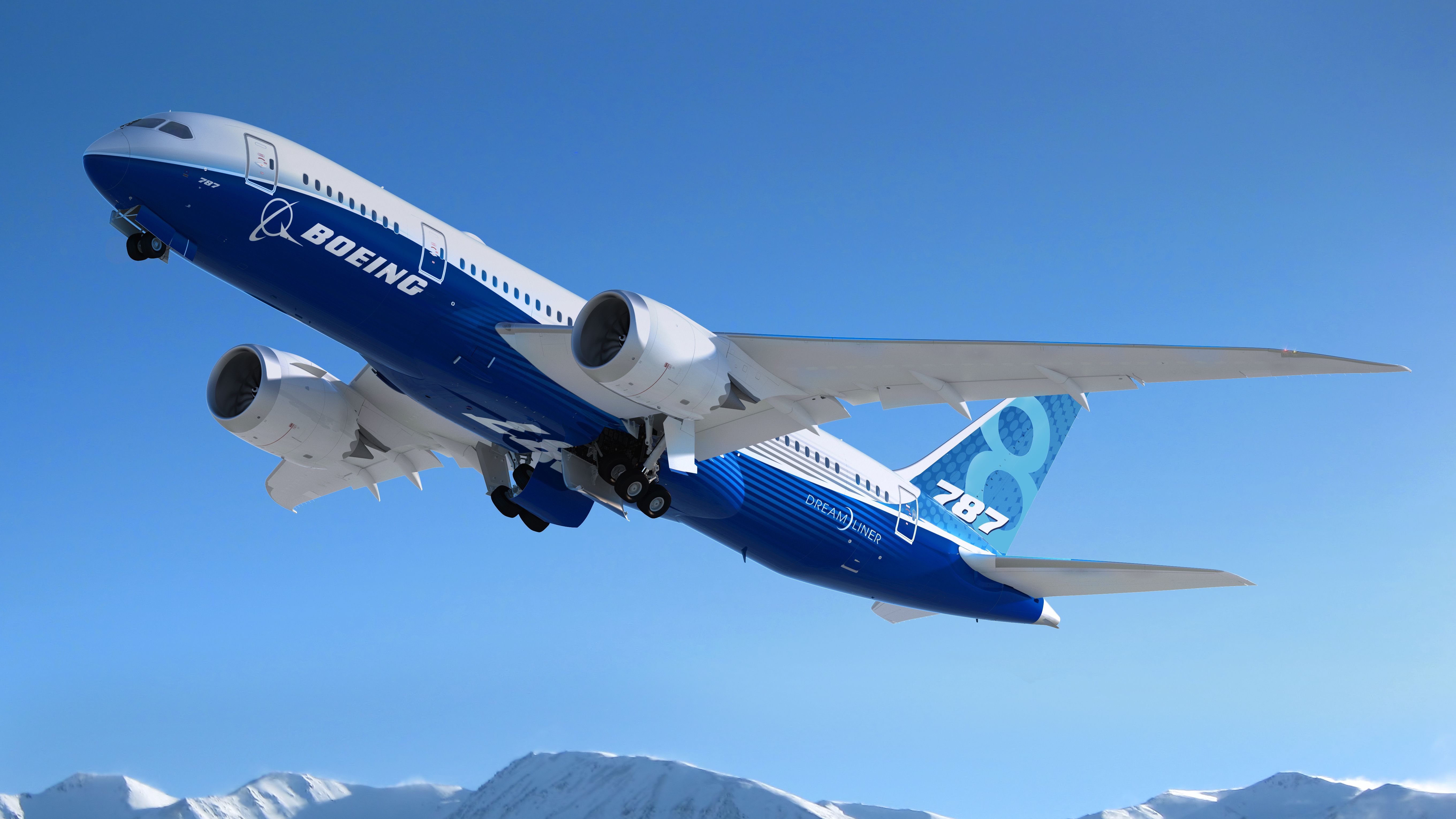After a month filled with the occasional operational setback, Air New Zealand’s non-stop flight service between New York and Auckland almost met with yet another. The most recent flight operating on October 25th was nearly forced to make a fuel and crew stopover in Nadi, Fiji, due to the strong headwinds forecast on the flight path. Fortunately, the issue was avoided.
Problems detected before the flight
Flight NZ1 is an approximate 14,215-kilometer flagship route for the flag carrier, offering flight services from New York’s John F. Kennedy International Airport to Auckland Airport. The long-haul route has been operated using the Boeing 787-9 Dreamliner, which typically poses no problem given the aircraft’s range.
Still, due to initial unforeseen strong headwinds on the flight path, Air New Zealand has had to offload payload to uplift more fuel in several instances. It was a choice of either offloading payload or making a stopover in Fiji for a crew change and a refuel. Eventually, a cap of 180 is imposed on every flight, but there are still instances when a diversion for fuel is required.
On October 25th, a combination of strong headwinds caused by jet streams and turbulence across the USA acted as a reason for a possible diversion to Nadi, where the current crew will be replaced as more fuel is uplifted. The airline had warned the 180 passengers of the planned change in route before departure.
Chief of Operational Integrity and Safety Officer for Air New Zealand, David Morgan, announced the contingency plan to passengers by saying:
“Our priority is getting our passengers to where they need to go safely. It’ll mean a short stop in Nadi to refuel and swap over crew, so NZ1 will arrive into Auckland an estimated five hours later than scheduled.”
Morgan also emphasized that Nadi has been used in previous years as a stopover for other routes, so the city will always be part of the airline’s standard contingency plan for refueling. It was also highlighted that there was already a new set of crews heading up to the city to operate the possible flight from Nadi to Auckland on October 26th.
Problems avoided mid-flight
Fortunately, flight NZ1 made it to Auckland without any need for a diversion. The flight landed around 08:45 on October 26th, just under 90 minutes behind schedule but still better than arriving five hours late. Passengers onboard the flight recalled waking up after achieving some sleep and realizing the flight map showed an estimated 6 hours to Auckland, indicating that the stopover in Nadi was avoided.
The crews flown up to Fiji were also brought back to Auckland on the same day. Morgan commented on the avoidance of a diversion by saying:
“We prepare this contingency option with the weather information we have before the flight, and our pilots closely monitor conditions en route to see if we can revert to the standard route to get our customers directly to Auckland. In this case, the crew could re-plan the flight based on updated weather conditions, flying our customers safely to Auckland without the need to refuel in Nadi.”
A prolonging problem
Albeit the diversion was avoided this time, it still highlights a more significantly prolonging issue of how the Boeing 787-9 might not be the most suitable aircraft for the long-haul route. Unfortunately, it is the aircraft with the most extended range within the fleet of Air New Zealand.
While on paper and in still air, the aircraft should be able to complete the route without issues until strong headwinds and other potential weather issues come along. The long-term endurance of these problems on the long-haul flight also tends to push the aircraft to the near-upper limits of its flight envelope.
The high possibilities of refueling stopovers tend to cast much doubt on the supposed ‘non-stop’ route. When factoring in how there is already a cap of 180 passengers, it does not look as promising for Air New Zealand. However, the Star Alliance member airline hopes the situation will be less of a hassle in a couple of years when it takes delivery of the Boeing 787-HGW.



.jpeg)


.jpg)


